The Top Broadband ISP Technology and Internet Policy Changes for 2014-15
BT has also very recently announced a “new form” of the more familiar Fibre-to-the-Basement / Building (FTTB) service, which takes a fibre optic cable to the building and then uses the existing internal infrastructure (could be copper, coax or fibre) to distribute the service over an Ethernet style link (here). But the new form uses VDSL2 (like FTTC) over copper lines for the internal connectivity, which helps from a cost and compatibility point of view and the short cable run means you’re more likely to get the top speed of 80Mbps. This is seen as a good solution for urban areas like central London, which has lots of offices / apartments that are stuck on slow Exchange Only Lines (EOL).
The national incumbent also has one eye trained firmly on the future and as such they’ve been busy conducting early trials of a combined Fibre-to-the-Distribution-Point (FTTdp) and G.fast (aka – FTTC2) solution (here and here).
The idea is to take fibre optic cables even closer to homes, thus reducing the length of the remaining copper wire and being able to deliver theoretical speeds of up to 1000Mbps (1Gbps). In essence you’d get the service from a distribution point (dp) nearer to your home (these can be placed on top of telegraph poles or underground), as opposed to the often more distant local street cabinet.
But the G.fast approach is an expensive upgrade and we’re unlikely to see it deployed for a few more years, especially with the first commercial grade hardware only just coming onto the market now. The real-world performance will almost certainly also come in well below the dizzy Gigabit claims (i.e. 200-500Mbps might be a more realistic expectation), albeit still looking very fast next to present hybrid fibre solutions like FTTC’s 80Mbps peak.
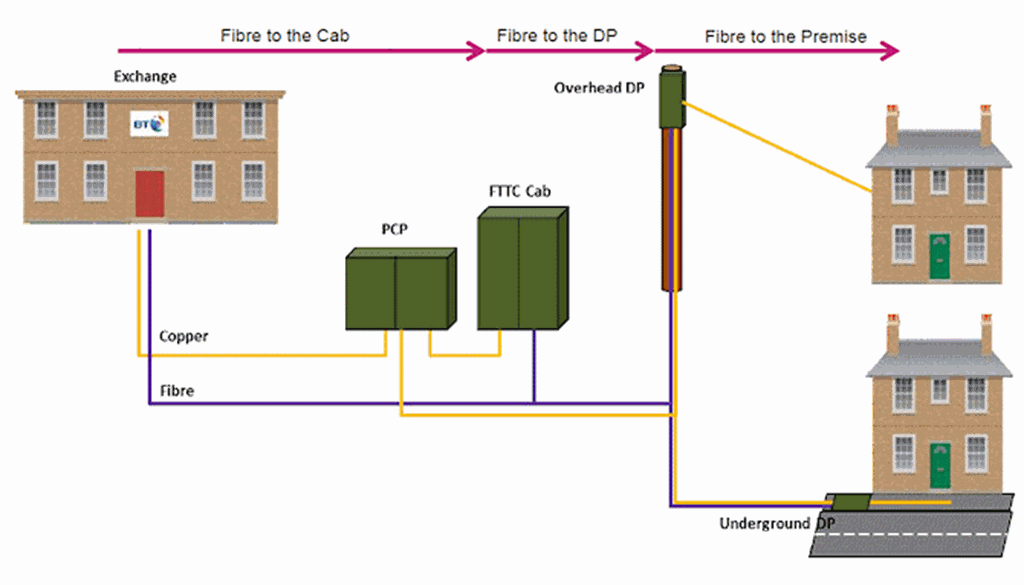
Interestingly Alcatel-Lucent separately chose 2014 to announce an early prototype of its XG-FAST technology (here), which is designed to replace G.fast and promises top speeds of up to 10,000Mbps. But the trade-off with XG-FAST is its need for even shorter copper lines than G.fast, which could be difficult to achieve and past a certain point BT may simply prefer to deploy a full fibre optic (FTTH/P) solution.

Another future development that BTOpenreach has recently revealed looks to be the long sought after Naked FTTC (Single Order GEA-FTTC) service, which would allow consumers to order a standalone “fibre broadband” connection without taking the phone service (here). But some payment to cover the underlying line rental would still be required, so we’re not expecting this to offer a huge benefit over existing phone and broadband bundles.
BT has also pioneered a couple of less significant, but still important, improvements to their existing services. In particular BT has deployed a new Microwave backhaul link to several rural areas, which can deliver superfast broadband capacity directly to one of the operators VDSL2 (FTTC) street cabinets (here), which for some areas is cheaper and more practical than digging a new fibre optic cable.
But it’s perhaps more accurate to describe the resultant end-user service as Microwave-to-the-Cabinet (MTTC) or Wireless-to-the-Cabinet (WTTC), as opposed to FTTC, since no fibre optic cable is used for the cabinet link (note: with this method the service you order from an ISP would still be the same as FTTC).
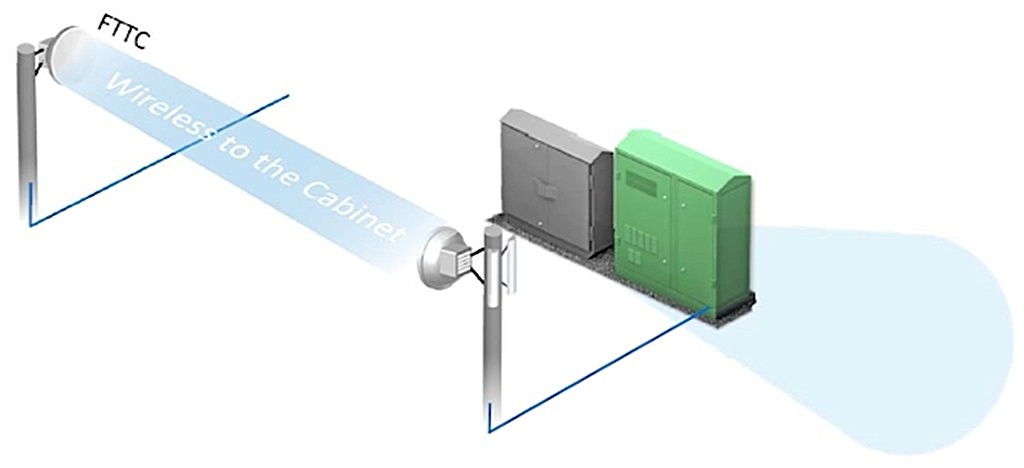
Finally, BT has also found a way to extend the reach of traditional ADSL2+ based copper broadband services by running the technology from inside of their FTTC street cabinets instead of through the nearest telephone exchange (here). In theory this could deliver a small but noticeable improvement in speeds for lines that connect to an FTTC cabinet, but which would otherwise be too far away to benefit from their “fibre” service (i.e. ADSL2+ may be slower but it can reach much further than the VDSL2 used on an FTTC line).
Future Technology (Mobile Broadband)
It’s also important to mention the contribution of Mobile Network Operators (MNO), such as O2, Vodafone, Three UK and EE, which have all been busy rolling out the latest 4G (LTE) based Mobile Broadband technologies across the United Kingdom. This work is expected to continue for another couple of years until almost total coverage has been achieve.
Mark is a professional technology writer, IT consultant and computer engineer from Dorset (England), he also founded ISPreview in 1999 and enjoys analysing the latest telecoms and broadband developments. Find me on X (Twitter), Mastodon, Facebook and Linkedin.
« BTOpenreach Tweaks UK Line Rental and Ethernet Prices for 2015
Latest UK ISP News
- FTTP (5515)
- BT (3514)
- Politics (2537)
- Openreach (2297)
- Business (2262)
- Building Digital UK (2244)
- FTTC (2043)
- Mobile Broadband (1973)
- Statistics (1788)
- 4G (1664)
- Virgin Media (1619)
- Ofcom Regulation (1461)
- Fibre Optic (1395)
- Wireless Internet (1389)
- FTTH (1381)
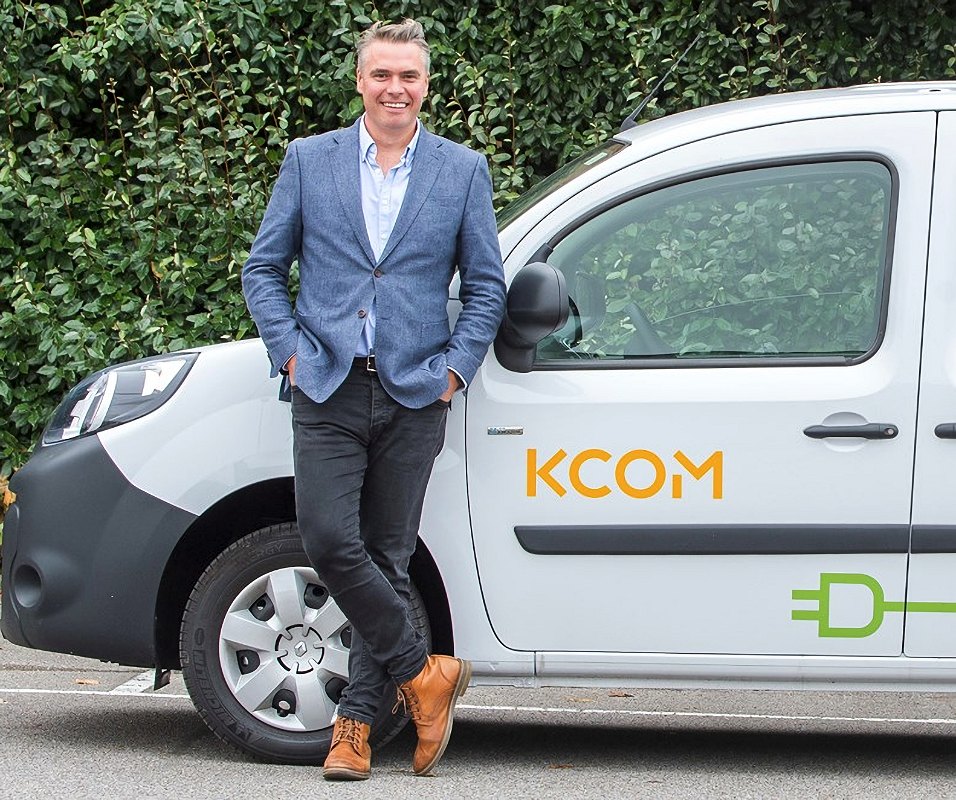

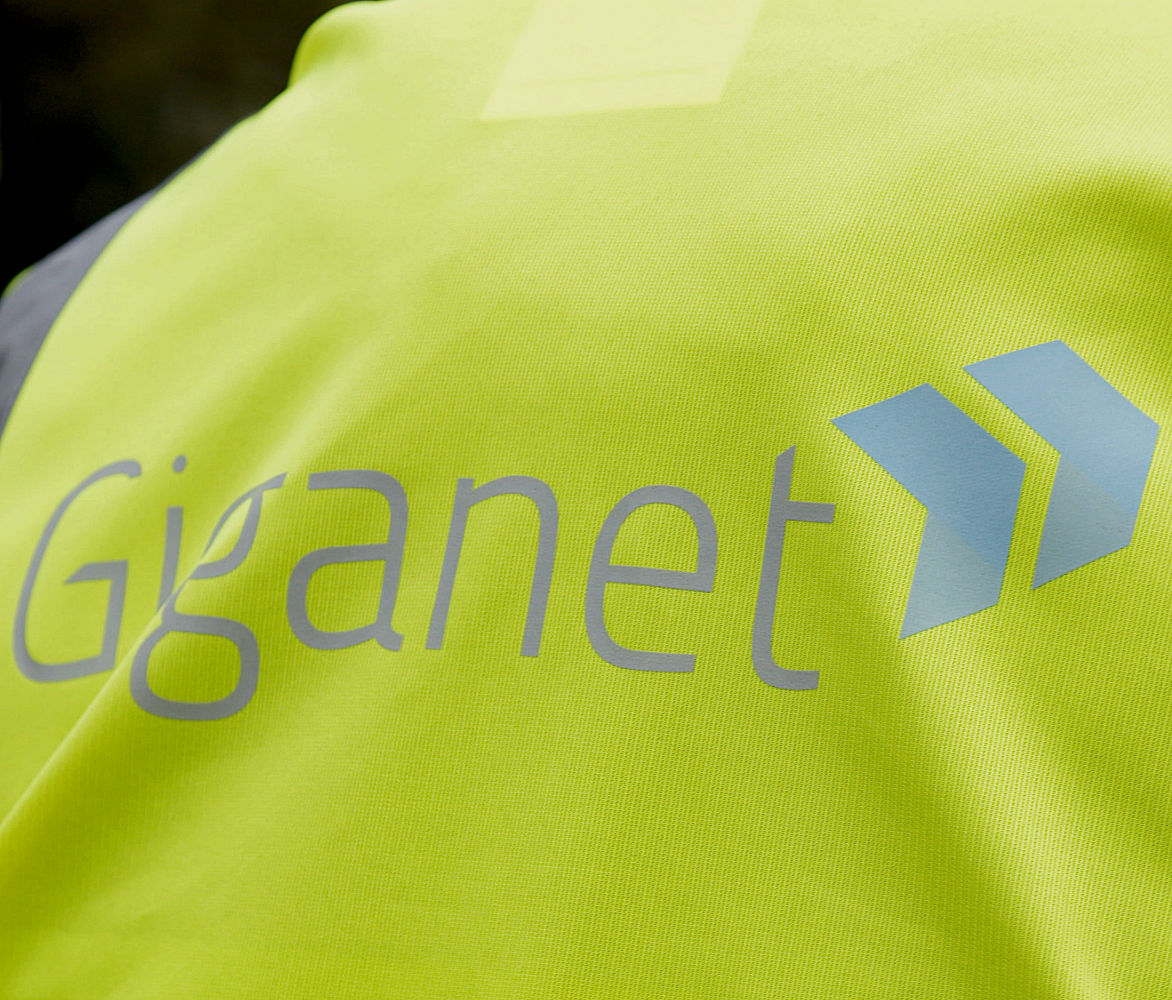

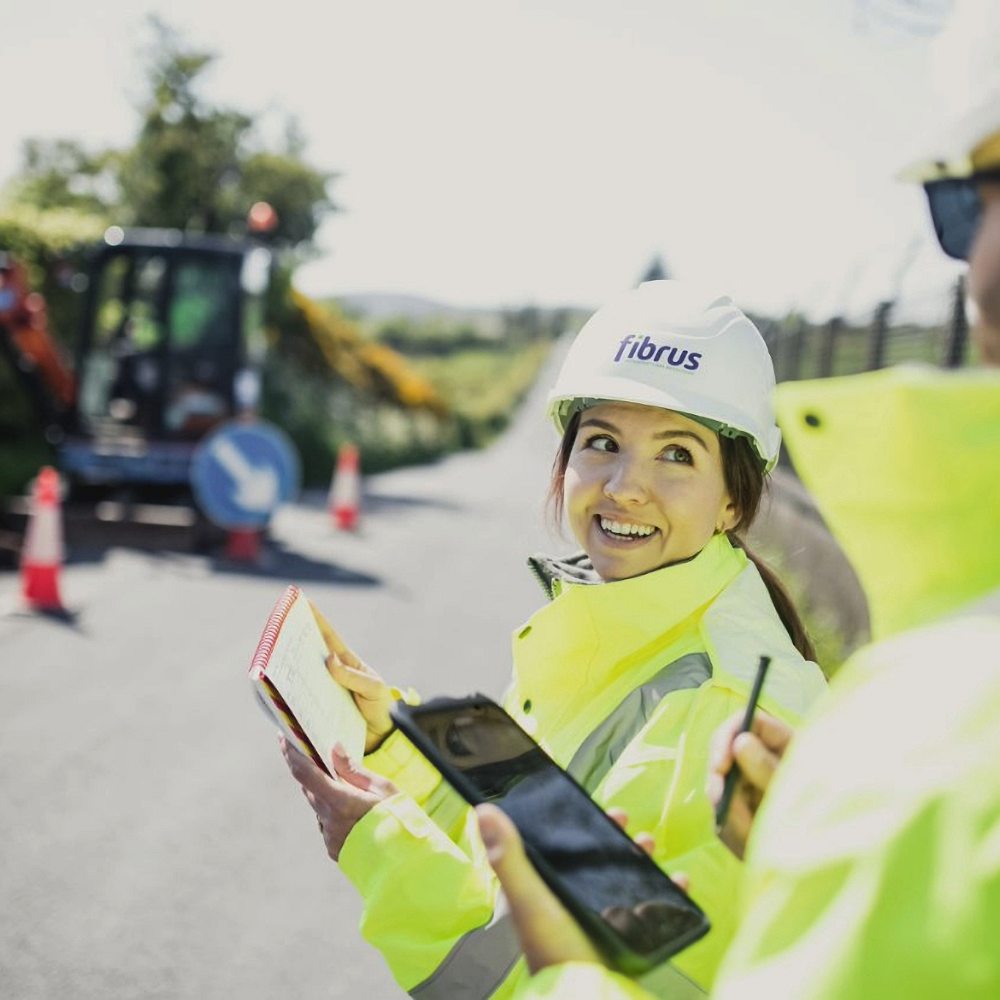











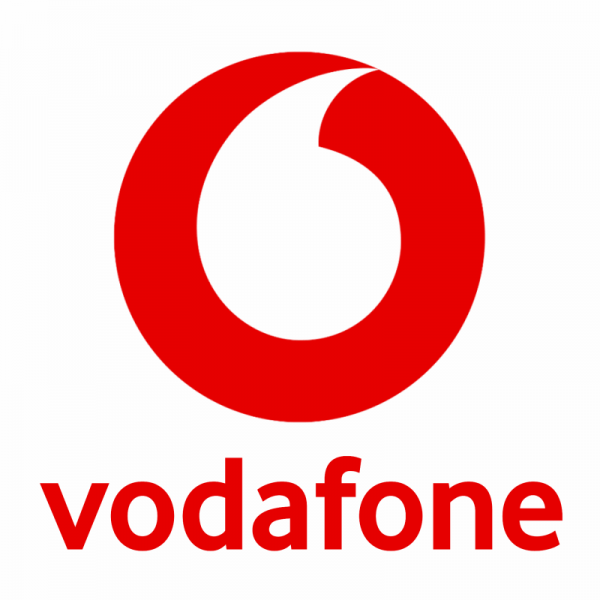
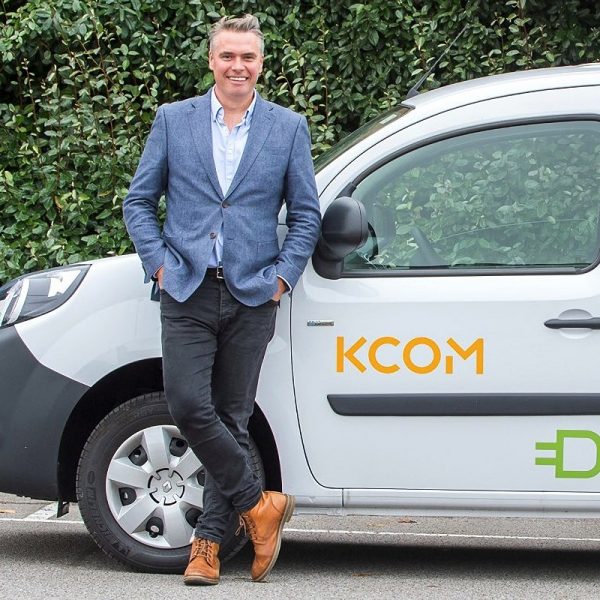
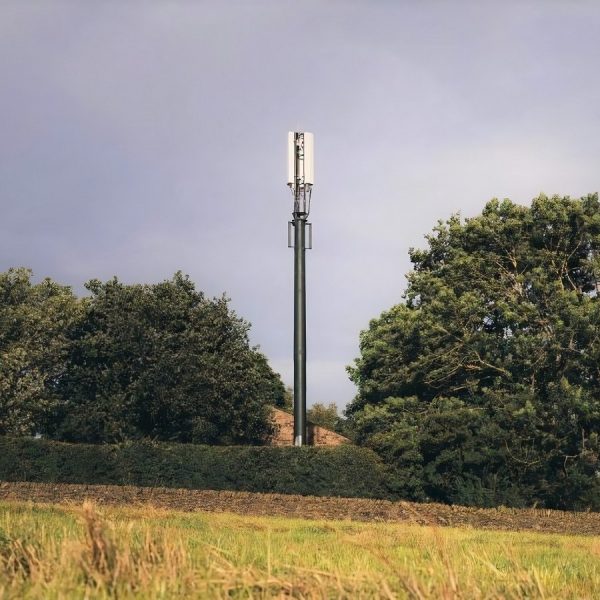
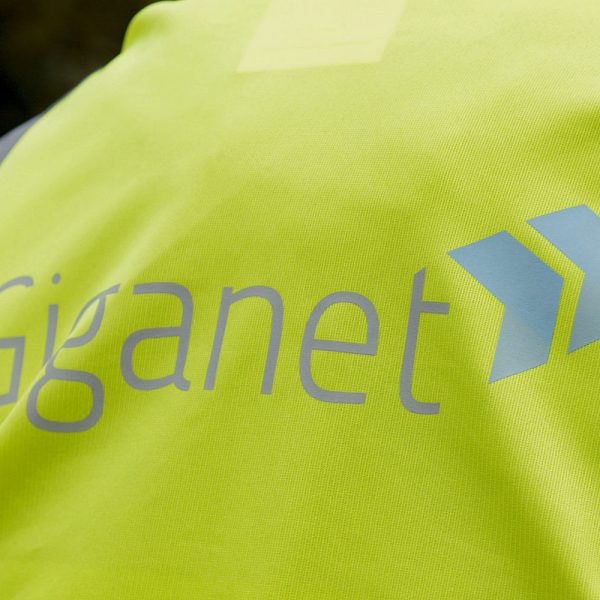




































Comments are closed